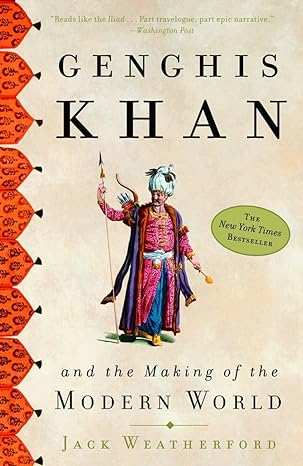
“In 1880, 50 percent of Black men in the former Confederacy voted. By 1920, less than 1 percent exercised this fundamental right.”–Timothy Egan, A Fever in the Heartland
I am still reeling from this book. Timothy Egan’s masterful and well researched book chronicles the rise of the Ku Klux Klan in the 1920s and the man who dreamt of being the ultimate power broker in United States. Contrary to popular belief, the Klan was not always most active in the South. During this time, the Klan’s greatest growth was in the Midwest and West, with Indiana being the capital of activity. In addition to Blacks, their hate extended to Catholics, Jews, Mormons, all immigrants, and anyone not abiding by their moral code.
D.C. Stephenson, a con man from Texas, successfully rose to the highest ranks of the Indiana KKK and within four years had grown the membership numbers astronomically. By involving church pastors, creating women’s and children’s groups, and couching membership in terms of patriotism, faith, and family, he found the Indiana citizenry very responsive. He successfully ran Klan candidates for local and state political office, controlled much of the police force and judiciary, told legislators how to vote, viewed himself as the most powerful man in Indiana, and had a plan to ultimately become president and then dictator of the United States.
It took a horrific crime, an incredibly brave young woman, and a miracle to stop him and the Klan. There is a terrifying alternative history that could have played out had events happened differently. It is said that history swings on small decisions and that is certainly the case here. Had Stephenson not been a brute, our nation’s history may have looked very different.
In a time of overblown political fearmongering and rhetoric, this is an important book to read. Thank you, Timothy Egan, for the reminder that we are at our best when we welcome diversity and embrace commonality. We can’t afford to repeat the mistakes of the past.





Leave a Reply